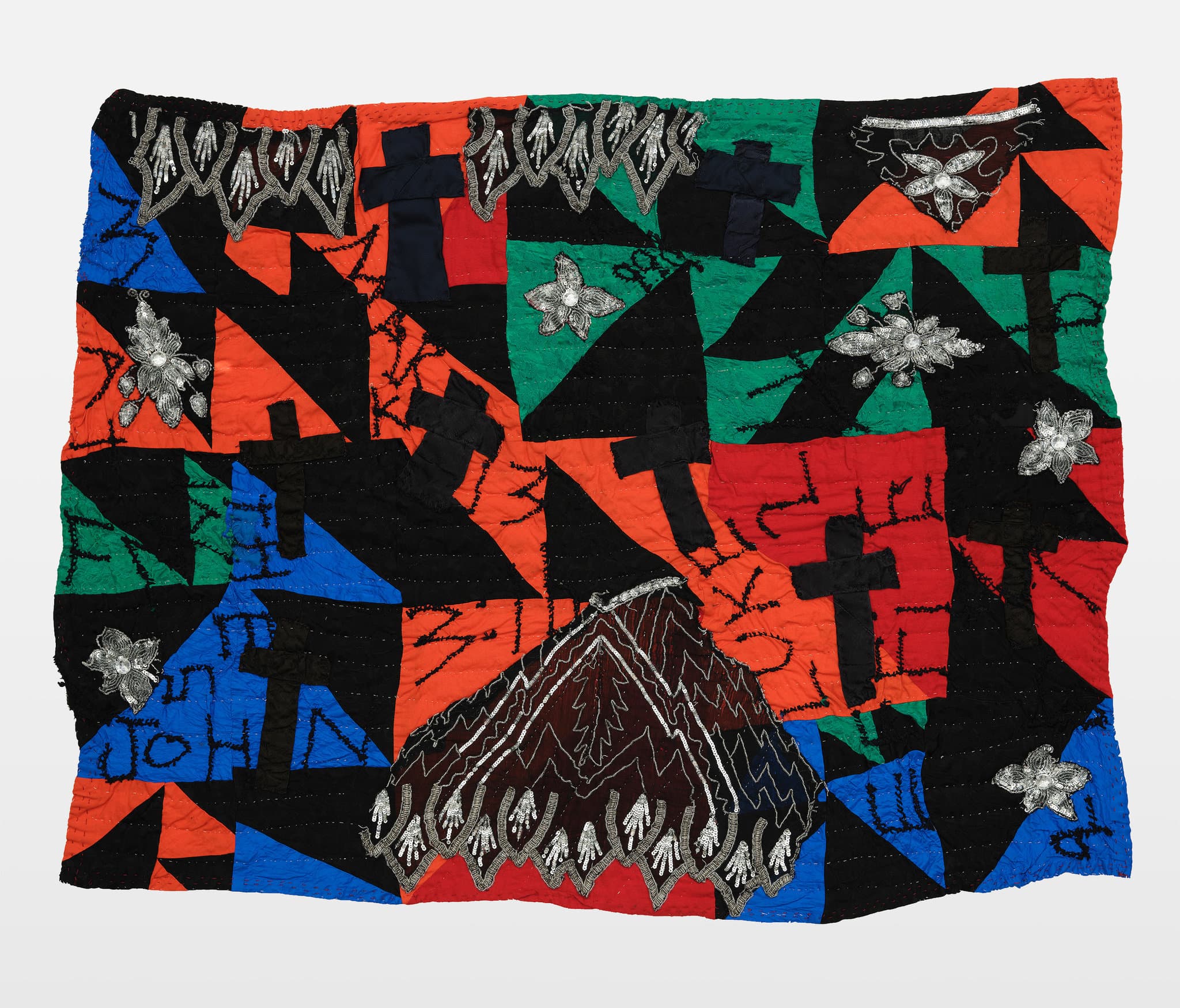Passing It On
Two stories about helping the next generation

Hi everyone,
Two shorter stories this week. One shares recent articles on architectural education; the other is an appreciation of art critic Roberta Smith. They are both about helping the next generation and reminded me of experiences earlier in my life.
As always, I’d love to hear your feedback, to know what you’re reading and watching, and to be pointed to the projects inspiring you.
Love all ways,
Brian
Passing It On
About twenty-five years ago, I attended a six-week summer program for people considering architecture as a career. The attendees were both university students, like me, and young professionals debating a transition. We inhabited the same classrooms and open-plan “studios” used by M.Arch students during the school year, and were given miniature versions of the assignments they received: write a short research paper; design an urban infill building by making drawings and models; participate in an end-of-term crit. My peers and I quickly lapsed into habits I’ve since learned are endemic to architecture-school culture, such as working late hours and feeling an awkward mix of competitiveness and camaraderie.
That experience has resurfaced several times this month as I’ve read notable articles on architectural education, including a long and compelling interview with Jorge Otero-Pailos, who is the director of Columbia University’s Historic Preservation program. Otero-Pailos argues convincingly that architecture schools today are stuck in outdated ways of working geared toward producing the designers of new buildings, and that they need to reorient around care and repair through what he calls “experimental preservation.” “If you look at architecture schools worldwide,” he says, “the overwhelming majority uphold what is in my view the mistaken ideal that to be an architect is ‘to build.’” The ideal is mistaken because we do not live on a planet that can survive centuries, or even decades, more of growth-oriented building practices.
Yet this mindset is hard to abandon. Even many design-school leaders attempting to respond to climate crises, Otero-Pailos suggests, are suffering from cognitive dissonance. They “are promoting research into using ‘greener’ materials, and introducing courses and curricula to teach students to build ‘sustainably.’ All these initiatives are ways of rationalizing the existing ideal that architects must continue to design for new construction, only with ‘better’ materials and processes.”
He notes that “only a more compelling story can overcome the current one” and points to an interdisciplinary conversation beginning to cohere around terms like care, repair, degrow, decarbonize, and spatial justice. The interview is a thirty-minute read, but those interested in the subject will enjoy historical detours and find long lists of academics and practitioners calling for—and embodying—this new way of working. “At the heart of this burgeoning new ideal is the aspiration that architecture will evolve into a creative practice capable of repairing damaged realities, nourishing and being nourished by a deeper engagement with existing built environments, in order to sustain the people and the nonhuman species who live in those environments.”
Otero-Pailos mentions, in passing, “we are not even teaching architects to collaborate, not really. Studio pedagogy is still overwhelmingly structured around the assessment of individual design skills, not collaborative skills.” The chief form of that evaluation remains the studio crit, the subject of another recent article. Sydney Shilling offers a brief history of the practice, which originated at the École des Beaux-Arts in Paris, and catalogues the many ways it fails both students and teachers today: “there is often a complete disregard for power imbalance[s] at play,” for example, and it “perpetuates the assumption that practitioners are the only arbiters of good architecture.”
Shilling highlights a handful of educators—Patrick Flynn, at Technological University Dublin; Rashida Ng, at the University of Pennsylvania; Kathryn Anthony, at the University of Illinois; David Fortin, at the University of Waterloo—rethinking the form of the crit, whose experiments provide useful models for teachers in design- and art-school settings, too. In a conducive setting,” Shilling concludes, “it works—but we need to ensure the right people have a seat at the table. And while it has historically been the main vehicle of feedback delivery in architectural education, it shouldn’t be the only method in play.”
Roberta Smith retires

I left the summer-school program mentioned above knowing I wouldn’t become an architect; in some ways, that experience led to me becoming a writer and editor instead. But it wasn’t preordained that I would become an art critic. That I did so is partly due to the generosity of Roberta Smith and her husband, Jerry Saltz.
Last week, the New York Times announced that Smith, who has written about new art for more than half a century, would be retiring from her role as co–chief art critic after publishing more than 4,500 pieces in the paper. When I moved to New York in 2001 and began aspiring to write about art, Smith was my model: of putting in the work, of being open-minded, of thinking and writing clearly, of probity. Picking up the Friday paper when I arrived at the Chelsea gallery where I then worked, I turned to her reviews first. And as I began writing about shows, on various blogs I’d started, I would try to complete my drafts before her reviews came out, to see how my thoughts measured up.
I was a little intimidated, then, when I met Jerry and he encouraged these efforts. He and Roberta began taking me with them to galleries, which immediately lent me more authority than I deserved, and treating me with a generosity that I still cannot fathom. They expressed interest in my ideas; they put me in touch with colleagues; they lent me materials from their private library. At one point, when I said I couldn’t afford a ticket to a talk Jerry was giving, they slipped me an envelope with some cash.
In reading old emails, I can see I was too young to appreciate just how unusual the situation was. I corresponded with both of them as if I were a peer, and they kindly played along. This sustained me for years, until I genuinely felt like I belonged in a community, the contemporary art world, with a reputation for aloofness.
Knowing a bit of what it takes, how many exhibitions you see for every one you write about, makes her achievements all the more impressive to me. So I’m using this little corner of the internet to say thank you, Roberta, for the public and private example you provided. I’ve tried to pay it forward—metaphorically and literally—in the two decades since we met. I’ll continue to do so, and though your essays may arrive less frequently, I’ll continue to read them as soon as they’re published. I encourage those of you reading this to do the same.
🔗 Good Links
- 🏗️🌐 Architecture Is Climate, a new and rich resource, broken down into Foundations, Practices, and Futures, “that reimagines the future of architecture through exploring its entanglement with climate breakdown.”
- 🧵🔨 The interview with Jorge Otero-Pailos cited above is the fifth in a great series of articles at Places called “Repair Manual”
- 🪨📘 Lost Rocks, an experimental series of forty-three artists’ books, one each for a specimen missing from a discarded geological specimen board
- 🤳🏻🍽️ The first article I’ve seen about Feeeed, a great new app for pulling together and browsing different, and often separate, parts of the internet
- 🏛️💻🎂 Civic tech is under-appreciated, but the people who modernize and make user-friendly our government systems are to be celebrated. Cheers to 18F, the US government’s innovation team, on ten years!





